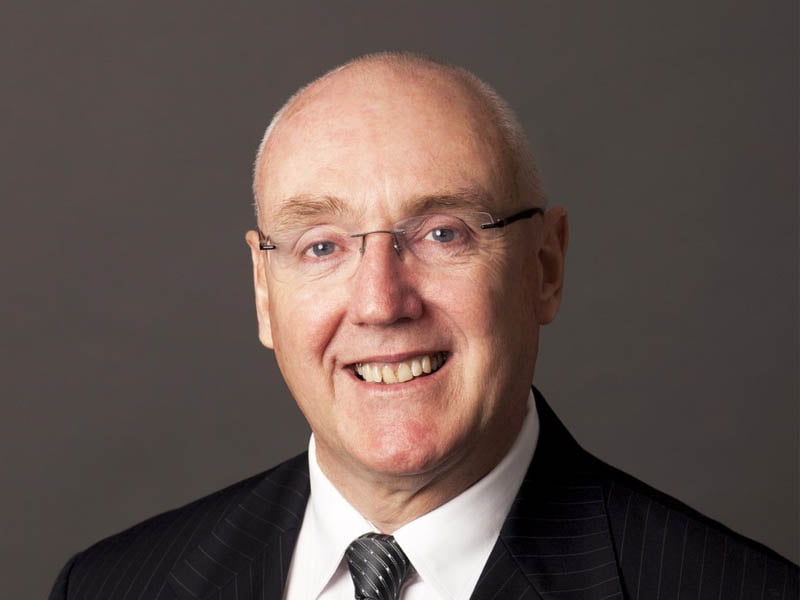Globally significant innovation precincts, from Silicon Valley to Herzliya in Tel Aviv and Tech City in London, have their own momentum. They don’t just attract some of the best talent and ideas, they create them.
Bringing a broad range of smart and creative people to one place can foster new products that would not get off the ground anywhere else.
Can these precincts be replicated, perhaps on a smaller scale? Or do they have their own alchemy, with a complex mix of factors that are non-transferable?

In Australia, close to the centre of our major cities and also in regional areas, there are pockets where innovation thrives – how can we ensure these localities reach their full potential?
The NSW Innovation and Productivity Council examined the world’s most significant innovation precincts. The report, NSW Innovation Precincts: Lessons from international experience, provides a clear view of what makes them succeed or falter.
It comes as the NSW Government is supporting innovation areas that are emerging around the state. These include the Westmead Health and Education Precinct, major assets such as the Williamtown Aerospace Centre close to the air force base near Newcastle, and the Aerotropolis developing around Sydney’s second airport at Badgerys Creek.
The stakes are high, because getting these precincts right will confer a competitive advantage that could last decades.
The NSW Government, through its business development body Jobs for NSW, created its own innovation location, the Sydney Startup Hub, in the heart of the CBD.
There are risks when innovation precincts are established as a result of political will, rather than genuine market demand. For the Sydney Startup Hub, however, there was already growing entrepreneurial and innovation activity close to the CBD, particularly in digital and financial technology.
Innovation locations can range from a single building to a cluster, such as the creative industries in inner-Sydney Redfern, Surry Hills and Moore Park, to a corridor stretching across suburbs.
The NSW Government is working with the tech industry to design a new innovation and technology precinct stretching from Central to Eveleigh with a plan to create 10,000 jobs by 2036.
Significant innovation precincts take years to develop. Some emerge organically, others are catalysed by targeted investment, and a small number are shaped by government programs.
Our report found market drivers are a prime factor in the success of an innovation precinct. A precinct can falter if it lacks the factors needed to be economically viable.
There must be strong market demand for its products, competitive pressures to innovate, and access to markets, skills and investors.
A precinct must have a clearly defined market advantage or specialisation, communicated through strong branding to attract talent and financial investment.
The location must be vibrant and liveable, providing a sense of place to people who work, play and live there, underpinned by flexible land use planning and well-designed cultural infrastructure.
It must support collaboration between diverse organisations, from informal social spaces to commercial frameworks for joint ventures. It must also have the infrastructure, from physical to digital, to support innovation and connectivity within and outside the precinct.
There must be a strong entrepreneurial culture of risk-taking, collaboration and sharing ideas and there must be leadership of the precinct with a shared vision and supportive governance.
Factors that hamper commercialisation of R&D, including restrictive intellectual property controls or a closed academic culture, will put the brakes on entrepreneurship and slow growth of the precinct.
Precincts need to support interactions with startups and smaller firms, such as quality incubator and accelerator programs. To thrive, innovation precincts must enjoy political support and commitment.
Looking at 80 innovation precincts across the OECD, jobs grew by an average of 19.4 per cent in knowledge-intensive services precincts over four years, far higher than the average for the European countries where many were located.
From improvements in products and processes to new services, new products and new ways of doing business, innovation is the underlying factor for creating jobs in the long term and competing in global markets.
To seize the economic benefits of new knowledge-intensive jobs, from higher wages to economic resilience, we must ensure our innovation-dense locations have every chance of reaching their full potential.
Barney Glover is Vice-Chancellor and President of Western Sydney University and a member of the NSW Innovation and Productivity Council
Do you know more? Contact James Riley via Email.

